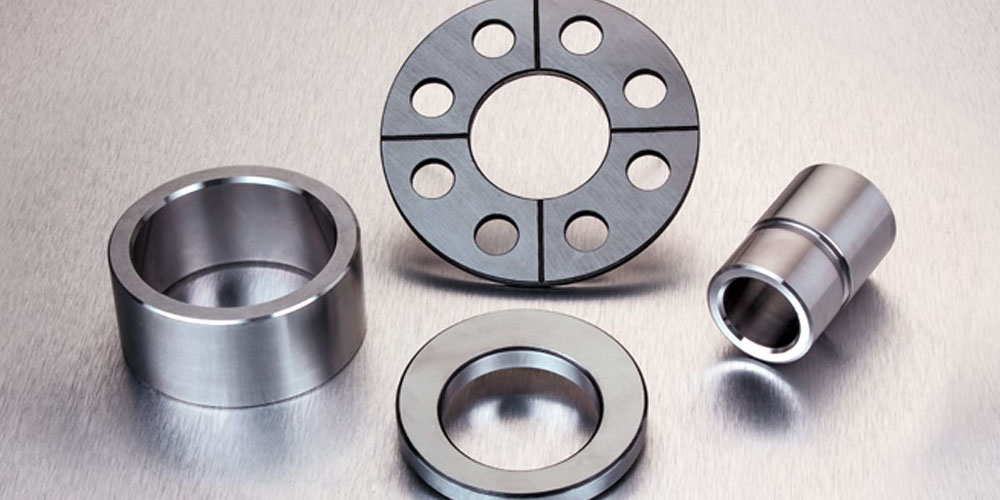When you first glance at CNC turning and milling, they almost seem like the same thing. They also seem to achieve exact similar results. But there is a big difference between the two. Why are the two important, and why are they offered? This is one of those few things bothering some professionals in the industry. Although many customers may already answer this question, others still experience challenges finding insightful information regarding what goes on behind the scenes regarding CNC turning and milling.
Basics of CNC Machining
Turning and milling are known as CNC machining. Customers may end up asking for CNC machining instead of turning or milling machines. It is the expert’s job to ensure that appropriate processes are used every time.
Analyzing the key difference between the two processes is the metal frame’s nature and the machine’s structure. In CNC turning, a metal bar will be inserted into a lathe, after which it gets rotated. On the other hand, a single-point cutting tool will remove portions or segments of a metal to form the needed structure.
With milling, the metallic structure often remains still. Multi-point tools used for cutting will often rotate around it.
- Tool features– a cutting tool is a single point for the CNC turning. On the other hand, it is a multi-point for milling machines.
- Applications and uses– a CNC milling machine is ideal for creating and designing machining flat or, better yet, an irregular surface, while a CNC turning machine is utilized in working conical surfaces.
- Cutting– CNC turning entails cutting, using the tool while maintaining constant contact and interaction within the workpieces.
- Chip’s analysis– CNC milling will produce discontinuous chips. On the other hand, CNC turning will produce not just discontinuous but fragmented chips.
- CNC milling applies intermittent cutting– in this case, cutting teeth will progressively engage and then disengage from the material used. The opposite is true about CNC turning.
You now understand the difference between a CNC turning project and a milling project. It is essential to delve into the details of the processes.
Turning
Although you may believe that CNC turning is a new invention, it is harvested from an old form of part’s creation. That is, using a lathe. The machines used in CNC turning are horizontal. Some may be vertical, but this depends on the workpiece tolerance. It may also be dependent on the materials used. A CNC’s primary objective is rotating the workpiece.
On the contrary, milling is performed using a single-standing point which is a cutting tool. A CNC milling machine process uses different axes. The 3-axis is one of the most conventional ones of them all. It enables the dicing tool to shift into three principal directions. That said, restricting any process to about three directions may be limited to the geometrical bits that should be created.
Final Thoughts
Customers usually ask for assistance when deciding to create a significant metal part with a unique shape. Although the term is commonly used to refer to a manufacturing method, turning and milling are different methods that should be understood.
